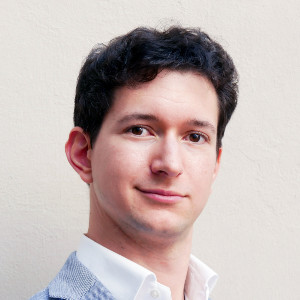Hello Expert
I find it tough to work out what are the future steps to take in the case quant section?
The problem may ask for the future market size in 3 years and how many units needed to achieve 50% overall.
I find this hard to lay out upfront for the interviewer, but rather i tend to go step 1, step 2 etc, figuring it out as i go.
Any tips to build this more structured way of dealing with the quant?











